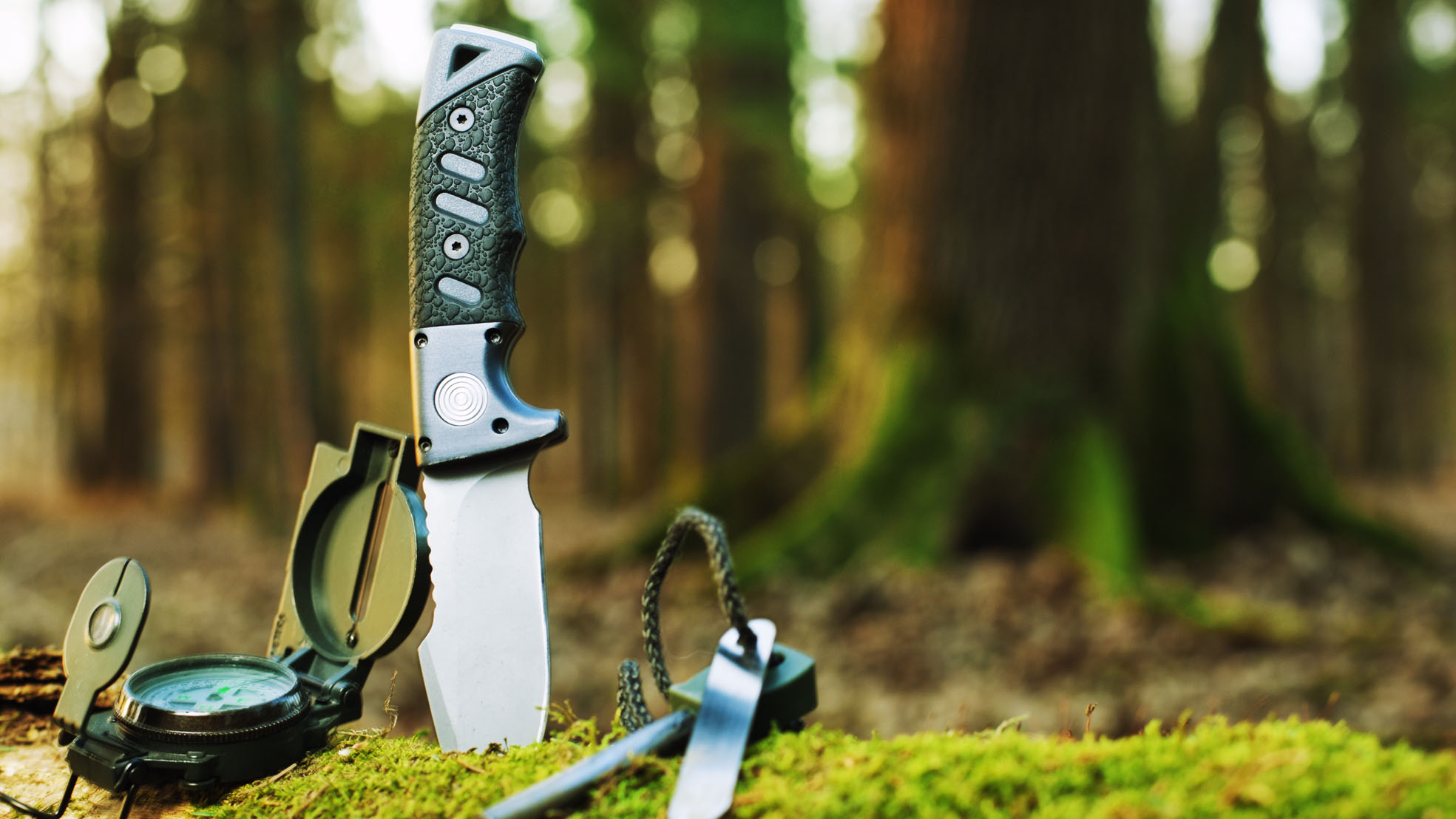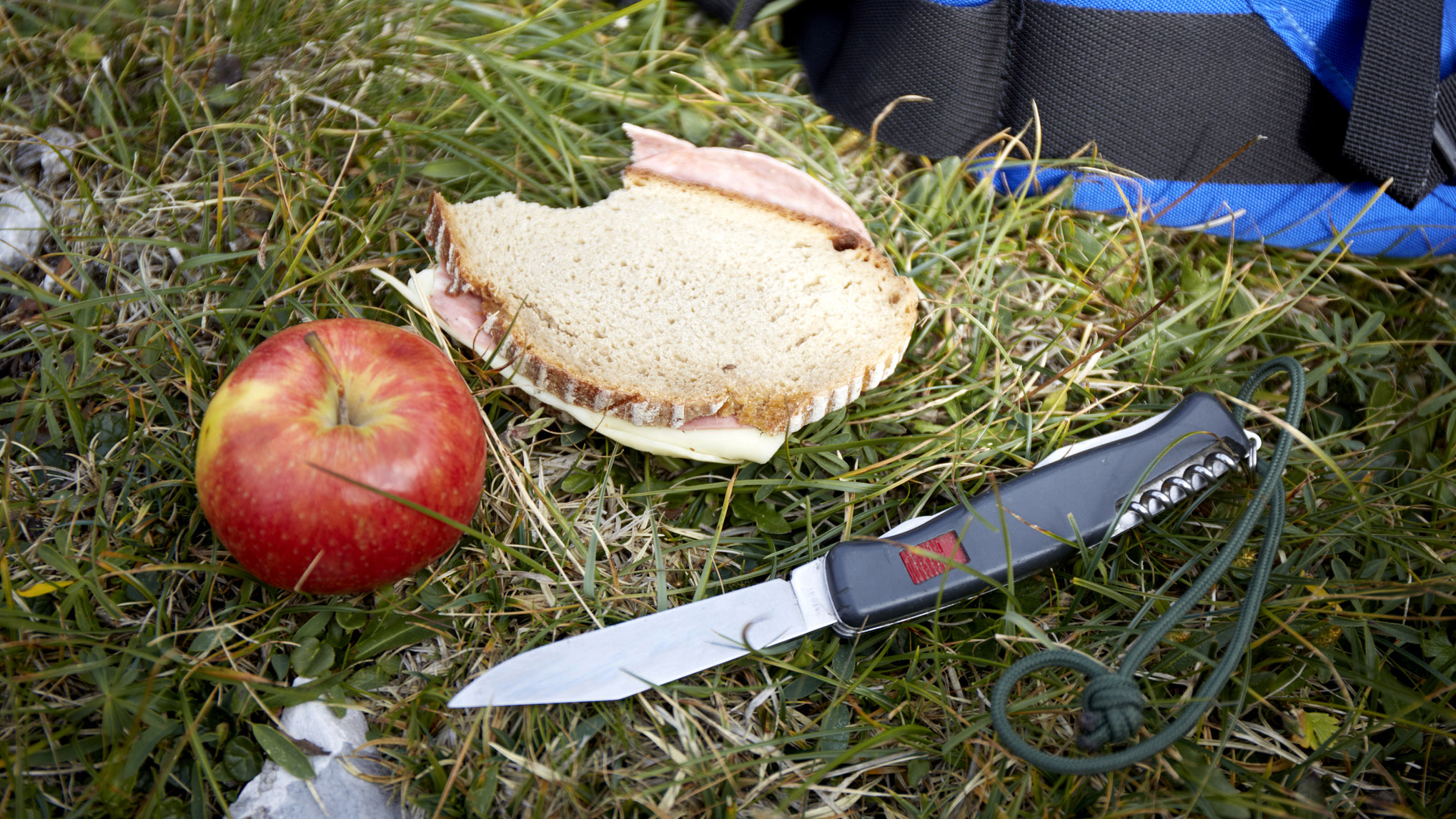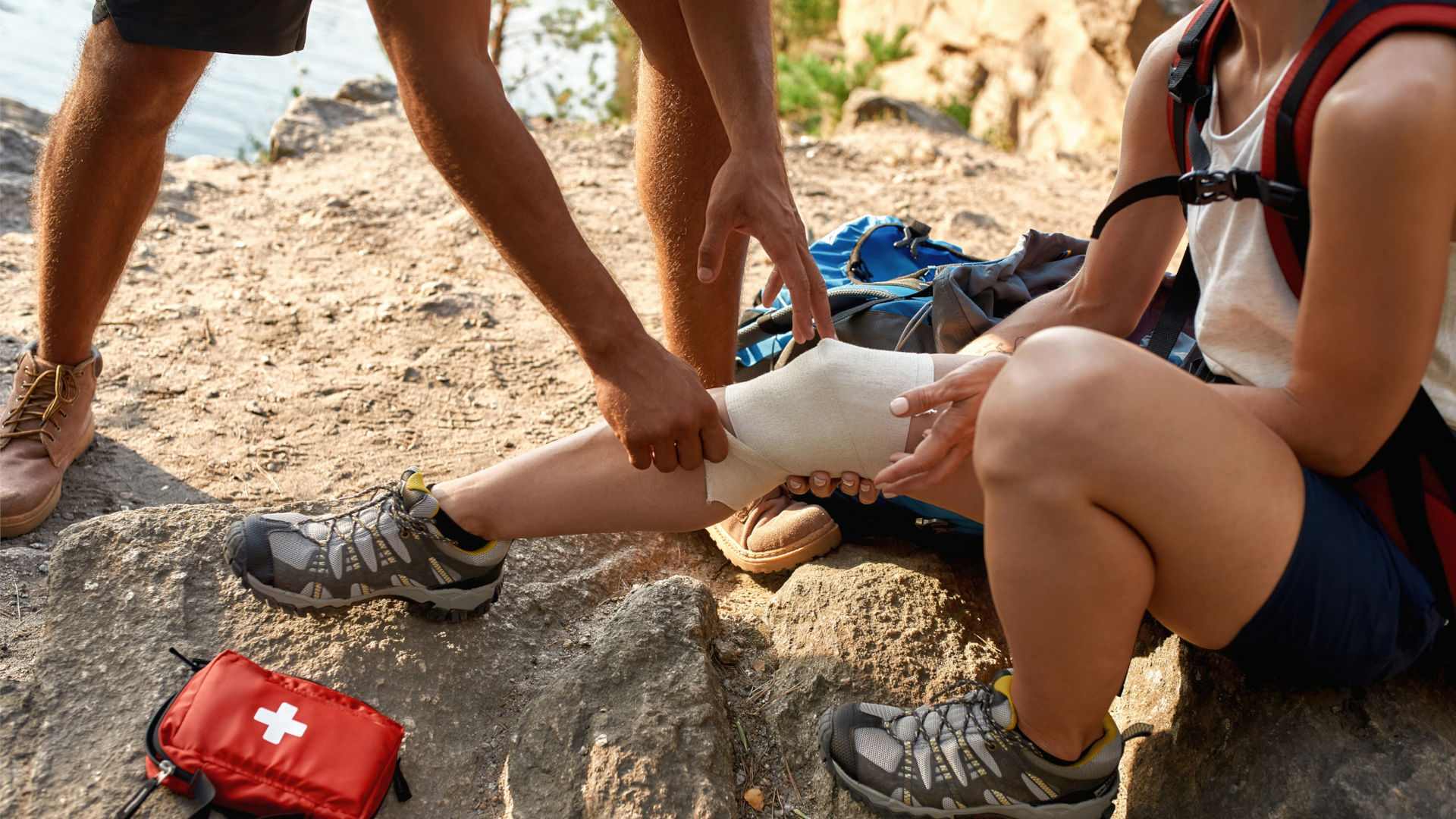Do you really need a knife for hiking?
Do you really need to carry a camping knife on a day hike, or is it overkill?

As more and more people head for the hills, more attention is being given over to making sure everyone understands hiking safety and learns some hiking skills. A good pair of hiking boots is a great start, but don’t charge off into the wild without the 10 essentials, we’re told over and over again. That means loading up your daypack with a first aid kit in case you take a tumble, a map and compass so you can navigate if there’s no trail, and a camping knife for…what exactly?
A camping knife shows up on every list as a must-have item for hiking, but do you really need it? After all, if you do have a run in with a bear, you’re not going to have time to dig it out from the bottom of your backpack where it’s been gathering lint for the past three years, and the tiny blade isn’t likely to provide you with much defense against a 150lb swiping paw anyway.
Truly conscientious hikers wouldn’t think of charging off into the wild without a camping knife, but many of us feel that with the proliferation of so many well-maintained, signposted, low elevation trails, a camping knife is overkill for a day hike. But considering how small a good camping knife really is, and how little they weigh (the heaviest we’ve tested is the Spyderco UK at just 3.5 oz, about the weight as an apple), we think it’s a good idea to keep one at the bottom of your pack or in one of the pockets. Ninety nine times out of a hundred, you won’t need it, but the few times you do, nothing else will suffice.
If you’ve no intention of ever practicing bushcraft or trying to light a fire without a match, you might be wondering what you’d even need a camping knife for on a hike, so we put together some of the main uses for a knife when hiking to make sure you always head out prepared.

1. Gear repairs
Emergency gear repairs on a hike aren’t always as essential as they are when you’re camping and may need to deal with, say, broken tent poles or punctured sleeping pads, but there can still be times when you break a buckle on your backpack or your hiking boot outsole splits and you need to use some cord need to tie things together. If your cord is too long, a knife can help you shorten it, while you can also use it to trim annoying flappy backpack straps that you never noticed until the wind picked up.
2. First aid
Ideally, your hiking first aid kit stays with your knife, at the bottom of your backpack, and you never need it. When you do need it, it’s often just to grab a band aid or a piece of moleskin for a blister and these are usually already cut to size. But if the worst strikes and you need to trim a bandage or dressing or remove a splinter, while a pair of scissors is handy, a knife does the same job and is more versatile.
As you can see, a multitool with a decent blade is probably even more useful than a straightforward knife, so that you can also have access to scissors and tweezers. You’ll want to read our comparison of camping knife vs multitool to understand the differences when making that choice.
All the latest inspiration, tips and guides to help you plan your next Advnture!

3. Preparing food
I’ll be honest, this is where my knife sees the most use, and in fact on most hikes I use my knife for eating purposes, whether it’s to prepare a makeshift charcuterie board while glacier hiking in the Alps or just slicing open a packet of jerky while hiking a 14er. Nothing is nicer than freshly sliced salami and cheese on a mountain top, and nothing is more annoying than trying to rip open your only snack with your teeth when you’re starving.
4. Building a fire
On an ordinary hike, you’re not likely to build a fire (and if you do, make sure you put it out when you leave), but if you do get lost or injured and need to spend the night out on the trail, it could save your life. If you’re organized enough to bring a knife, you should also have a firestarter with you, and you might be thinking that’s all you need to start a fire, but a knife to cut some small twigs for kindling could really help move the process along.
Julia Clarke is a staff writer for Advnture.com and the author of the book Restorative Yoga for Beginners. She loves to explore mountains on foot, bike, skis and belay and then recover on the the yoga mat. Julia graduated with a degree in journalism in 2004 and spent eight years working as a radio presenter in Kansas City, Vermont, Boston and New York City before discovering the joys of the Rocky Mountains. She then detoured west to Colorado and enjoyed 11 years teaching yoga in Vail before returning to her hometown of Glasgow, Scotland in 2020 to focus on family and writing.

